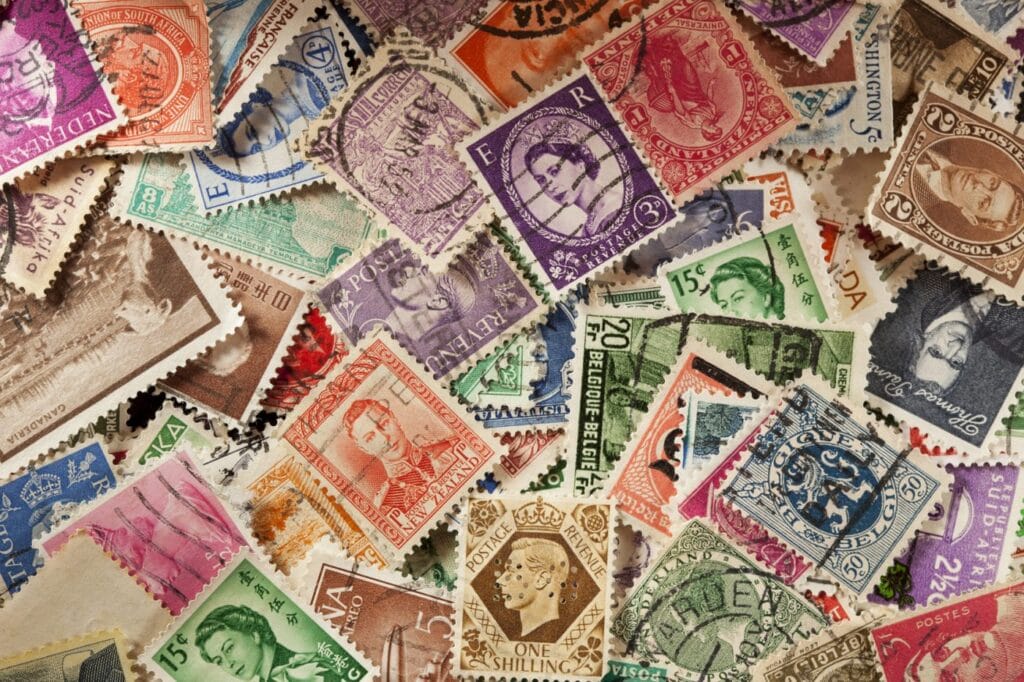A Brief History of Mail and Stamps
The postal service as we know it began to take shape in the 17th and 18th centuries, but it was in 1840 that the world saw its first adhesive postage stamp—the famous British “Penny Black.” Introduced by Sir Rowland Hill in the United Kingdom, it cost just one penny to mail a letter anywhere in the country, a revolutionary concept at the time. Before that, postage was typically paid by the recipient, not the sender, and rates varied based on distance and weight.
How Stamps Differ Around the World
Postage stamps quickly spread across the globe and became a unique way for each country to express its identity. Nations often use stamps to commemorate historical events, honor national figures, or showcase local wildlife and cultural symbols. The artwork, size, shape, and even materials used for stamps can vary widely. Some countries have issued triangular stamps, while others have experimented with fabric or plastic. Collectors often cherish these differences, turning stamp collecting—or philately—into a beloved global hobby.
The French “Baguette” Stamp
In one of the most whimsical turns in stamp history, France recently released a scratch-and-sniff postage stamp that smells like a freshly baked baguette. Released in 2025 by La Poste, this stamp celebrates one of France’s most iconic symbols. It has not only delighted postal customers but also captured international attention for its creativity. The scent was developed by professional perfumers to mimic the warm, yeasty aroma of bread just out of the oven.
More Than Just Mail
Postage stamps continue to be small works of art and symbols of national pride. They serve both a practical function and an emotional one—connecting people through handwritten notes, celebrations, and even everyday bills. As technologies evolve and mail becomes more digital, stamps remain a tangible piece of culture that tells the story of a country, one envelope at a time.


